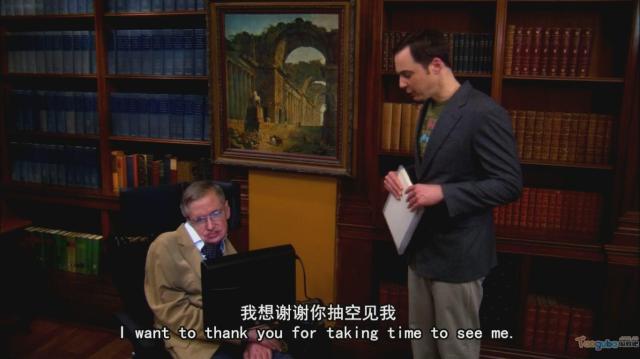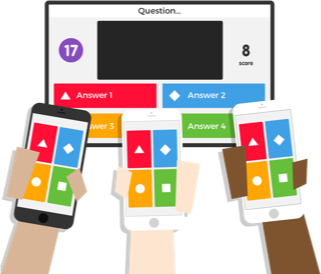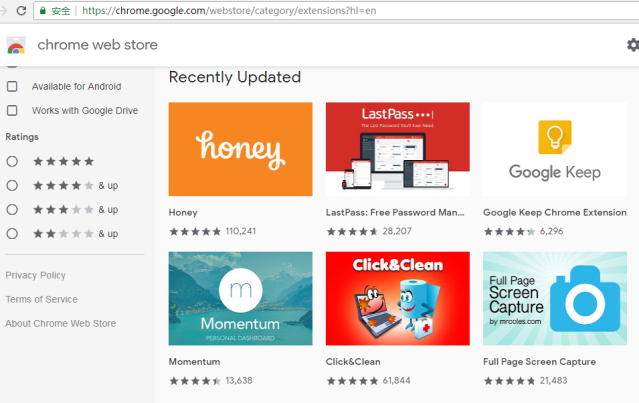Last meeting session was a review of theories of learning. I had experiences of teaching both children and adults. Though my experience was limited and my classroom practice immature, I would like to recall and organize my teaching philosophy and theories of learning.
For children, I hold some ideas. Children are capable and born unique. Children construct knowledge from both their experience and their interaction in the social environment.

Four Learning Theories: Behaviorism, Cognitivism, Constructivism and Connectivism
Three traditional theories – Behaviourism, Cognitivism, Constructivism – appeared chronically. However, in my opinion, the theories of learning are not worked in a rule that the new one replaces and against the old one, but they keep accumulating our knowledge towards learning. The new knowledge together with the old that build out our theories today.
Other than that, human development is socially situated and the way of learning is not only through observation but also through interaction. I think the social constructivist learning theory would be a better guiding belief. Teachers cannot simply give children knowledge or “make” children learn. Rather, children are active agents in their own learning. Learning is the co-construction of understanding and meaning alongside others rather than the acquisition of facts and skills.

http://wikieducator.org/Social_Constructivism_Assessment/Recommendations_and_Relevance
For adults learners, an educator is a facilitator, and learning can only be accomplished with students’ efforts. All teachers are able to do is to guide them there. In a university level, learning is to develop the ability of thinking, and the ability to research academic problems logically.
I keep reflecting my teaching practice while I attend my own courses of my program, as well as after I switched the classroom styles from the styles of my home country to Canada. As I gain more and more Canadian classroom experiences, no matter I take courses or I teach, I do have changed my understanding and gain some assumptions that I would like to try out in my future teaching practices.
First, a classroom can be fun and run in a student-led mode. No matter the idea “learning through playing” for children or student self-directed learning process which is prevalent in universities, a classroom does not necessarily have to stay orderly and the instructor does not necessarily have to do the most talking. Leading children to put forward the things they would like to learn and facilitating them with their zone of proximal development are the main tasks of being a teacher. For the adult, I will try to avoid cramming knowledge directly, but to use self-study materials to build the scaffolds that they can feel being guided during their self-learning process. In these ways, students’ interest and learning autonomy will be greatly mobilized. The class will be lively and interesting. Learning evaluation emphasizes the learning process more than learning result.
Second, technology should not be treated just as a tool but on one hand, it can play a more important role in pedagogy, and on the other hand, it can be involved in the curriculum design. Especially in the early childhood education, children’s cognitive, linguistic, physic developments cannot avoid the effects of technology compared to several years ago. Technology is not only just a teaching tool but how can I include it in the curriculum and make it a part of the teaching contents worth more thinking. I would think about including electronic dictionaries and writing practicing apps during the class process and in their home assignments. The theory of learning pyramid may not be accurate, but it is a reminder of the importance of mobilizing five senses to learn. Audio-vision material may leave a deep impression on students.
Just like the connectivism changed the way we viewing learning and learning process, the definition of learning develops towards non-formal, community-based and lifespan learning. Teachers, though work in schools and appear just in one period of a student’s life, should also realize that the inclusiveness of the idea of connectivism into their teaching practice would not only broaden their teaching horizon but also benefit students’ learning in a broader sense in the long run.

 Dr. Hawking also appears in American TV dramas, which made him even more liked by Chinese fans.
Dr. Hawking also appears in American TV dramas, which made him even more liked by Chinese fans.












